
ABOUT
Venue Programme Organisation Accommodation Transport to Ljubljana IMPORTANT DATESSCIENTIFIC PROGRAMME
Presentation programme Keynote lectures BOOK OF ABSTRACTS VIRTUAL EXCURSIONREGISTRATION AND ABSTRACT SUBMISSION
Registration Abstract submission Instructions for author CONTACT
After a successful meeting in Croatia in Starigrad-Paklenica we would like to invite you to Slovenia to the 6th Regional Scientific Meeting on Quaternary Geology: Seas, Lakes and Rivers which will take place on September 27th through 29th, 2021 in a hybrid form: as a virtual and in-person meeting in Ljubljana.
Days before our scientific meeting the 4th pandemic wave is growing and the measures that will be taken in Slovenia at the time of the meeting are uncertain. Safety will be taken care of at the event and we will act according to the statements and recommendations of the Slovenian National Institute of Public Health regarding the epidemiological circumstances.
Since September 15th the RVT condition (Recovered, Vaccinated or Tested) is mandatory for almost all activities in Slovenia (among other including also bars, restaurants, accommodation and most shops). All in-person participants must fulfil the RVT condition (Recovered, Vaccinated or Tested – see more HERE), which we will have to check, and we thank you in advance for your understanding and cooperation.
On September 21th the RVT condition is met by providing one of the certificates below:
The meeting is dedicated to researchers working on Quaternary geology, geomorphology, stratigraphy and related subjects. The meeting is primarily intended as an opportunity to bring together researchers working in the Adriatic, Alpine, Dinaric and Pannonian regions, however participants more involved in other regions are also warmly welcomed. The theme of the meeting “Seas, Lakes and Rivers” will be the focus of keynote lectures and the field excursion. Participants are kindly encouraged to present their work related to the theme of the meeting or other Quaternary topics.
The call for abstracts is now closed. However, registration is still possible HERE.
Download the circular here.
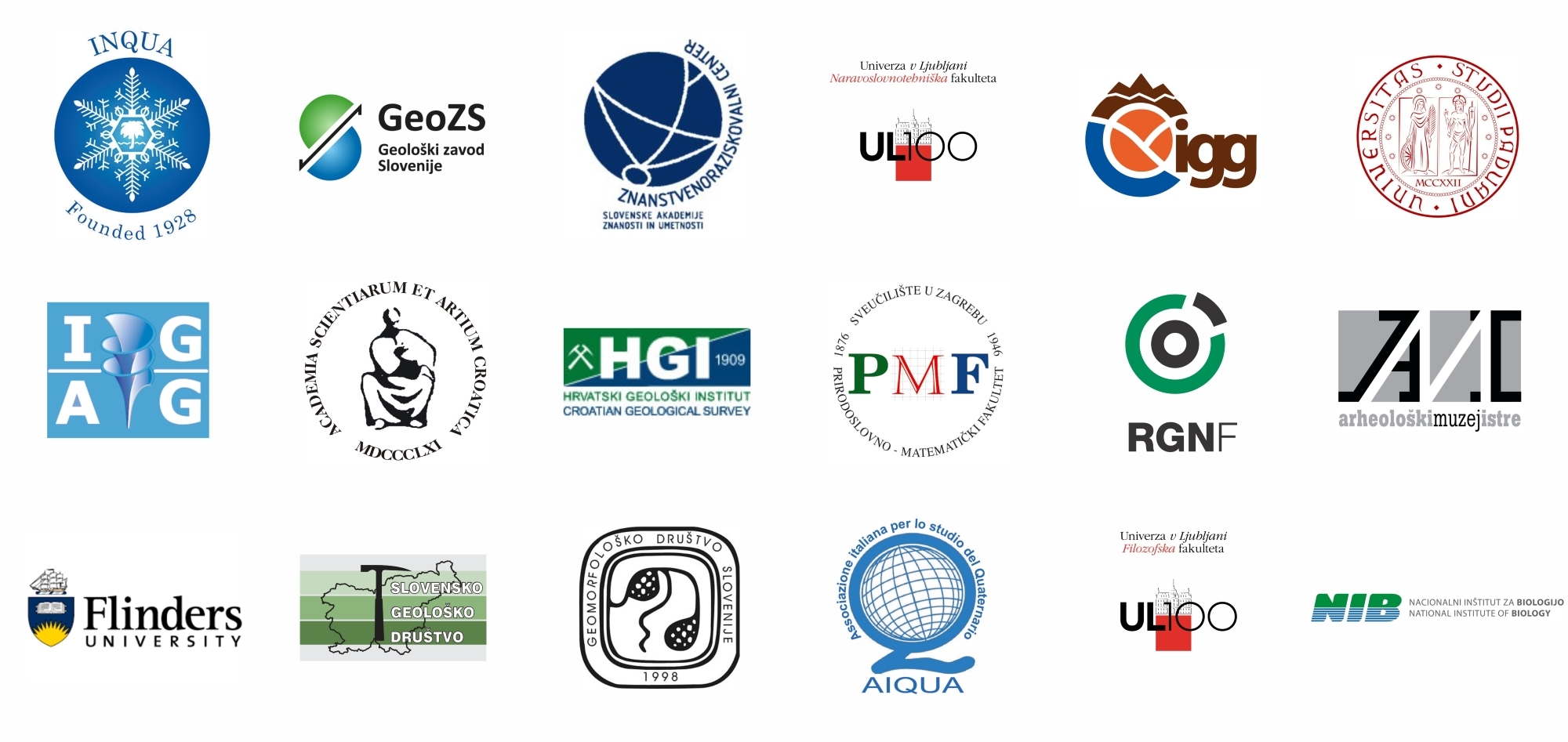
Note regarding the COVID-19 pandemic: if in-person organization in autumn will not be feasible, the meeting will take place in fully virtual format. The most recent updates will be posted on the website and on our social-media channels.
The meeting will be organized in a virtual and in-person format. Participants will choose their preferred mode of participation upon registration; later change is also possible.
The in-person meeting will take place in the Atrium of the Research Centre of the Slovenian Academy of Sciences and Arts. The venue is located in the beautiful old city centre of Ljubljana.
Research Centre of the Slovenian Academy of Sciences and Arts, Novi trg 2, 1000 Ljubljana - map
The official language of the meeting is English.
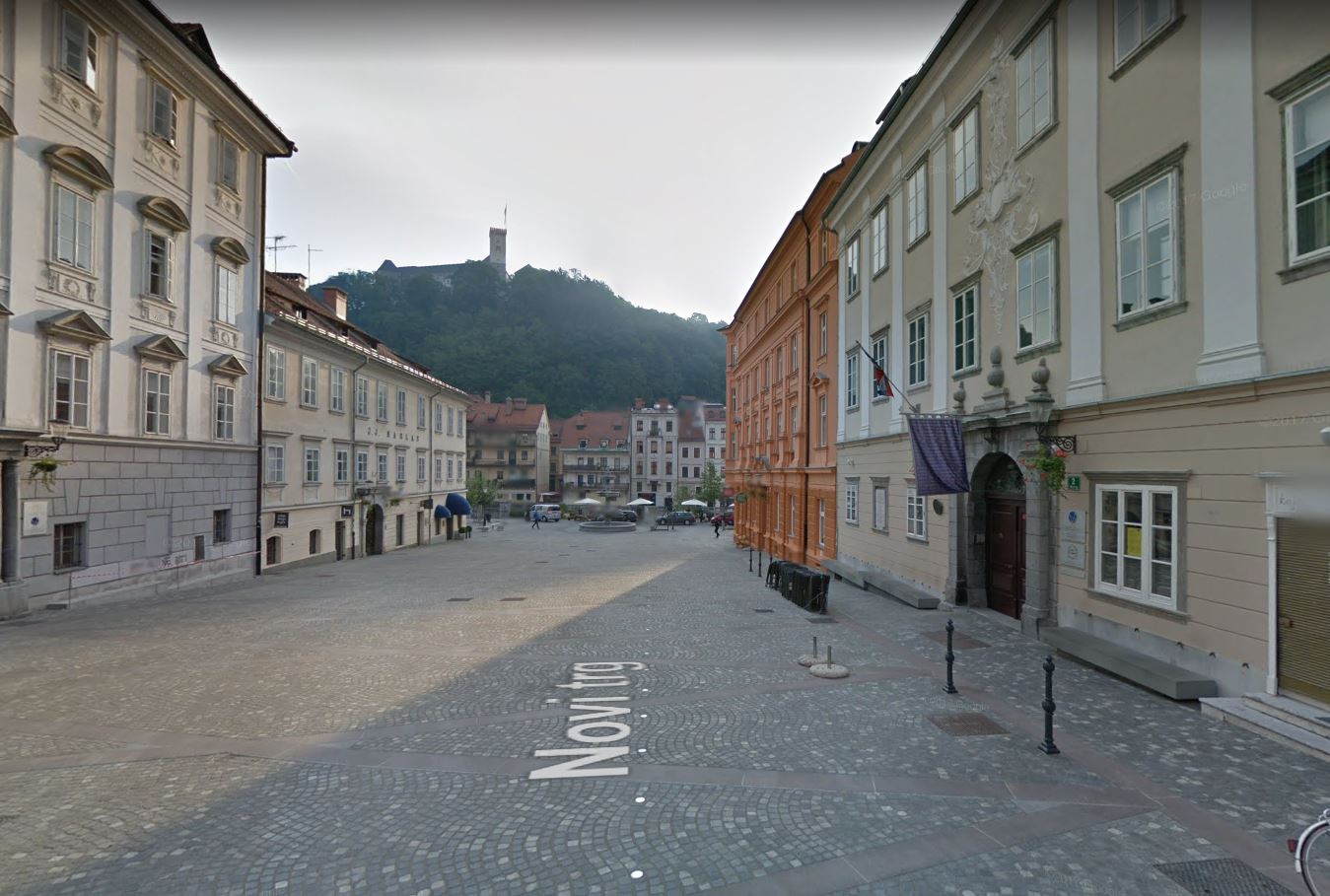
Image from Google Maps. The entrance to the Atrium is through the door on the right.
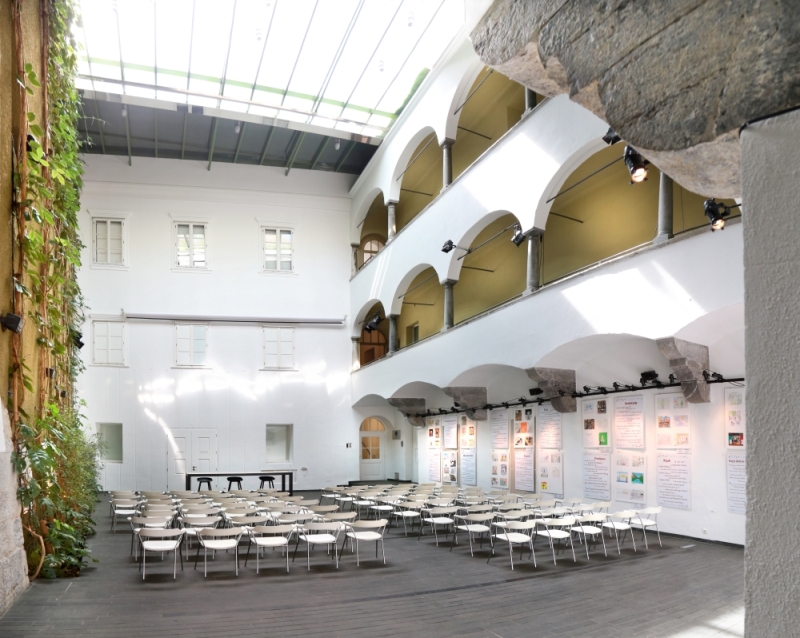
| Date | Event |
|---|---|
| September 27th, 2021 | Opening ceremony, keynote lectures, participant lectures, poster session |
| September 28th, 2021 | Keynote lectures, participant lectures and poster session |
| September 29th, 2021 | Lectures dedicated to virtual excursions and closing ceremony |
|
Cancellation: |
Due to the deteriorating epidemic situation in Slovenia a last-minute fieldtrip will not be organized. |
You can download the program HERE.
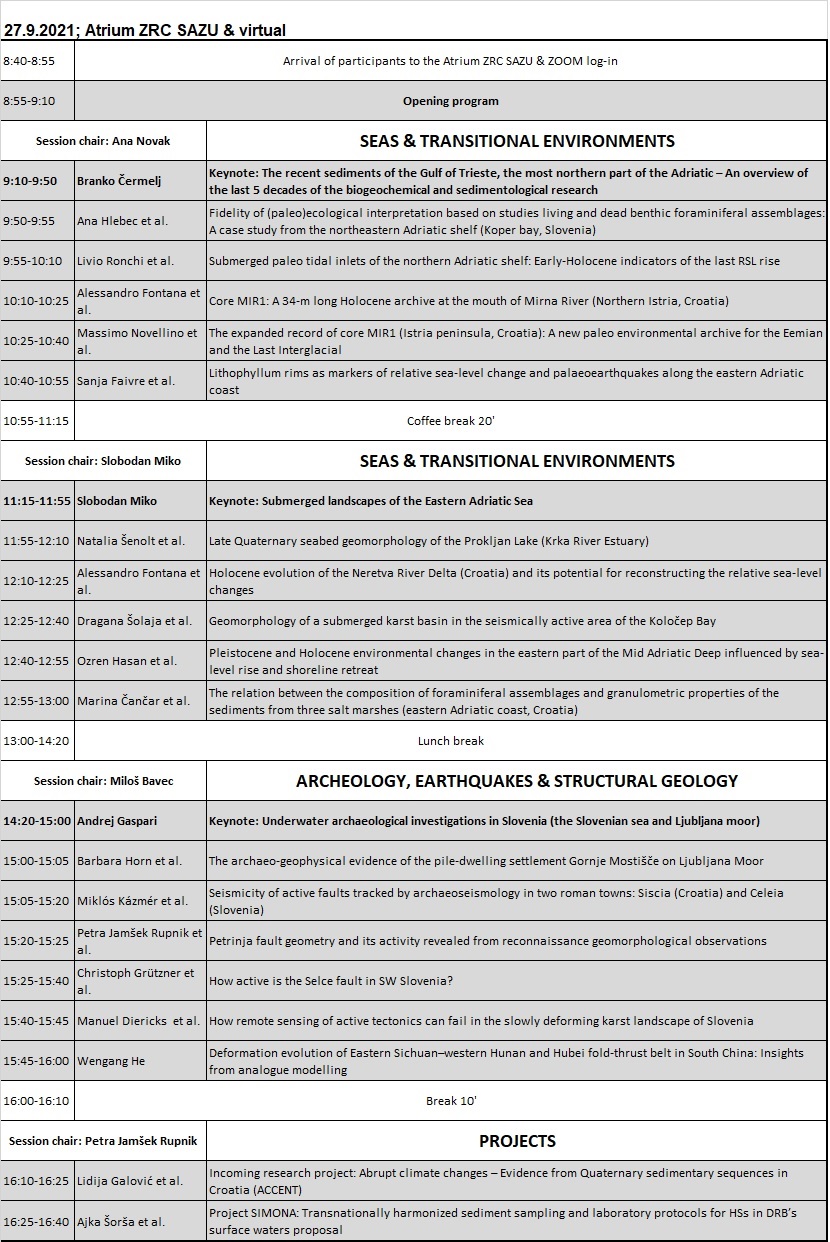
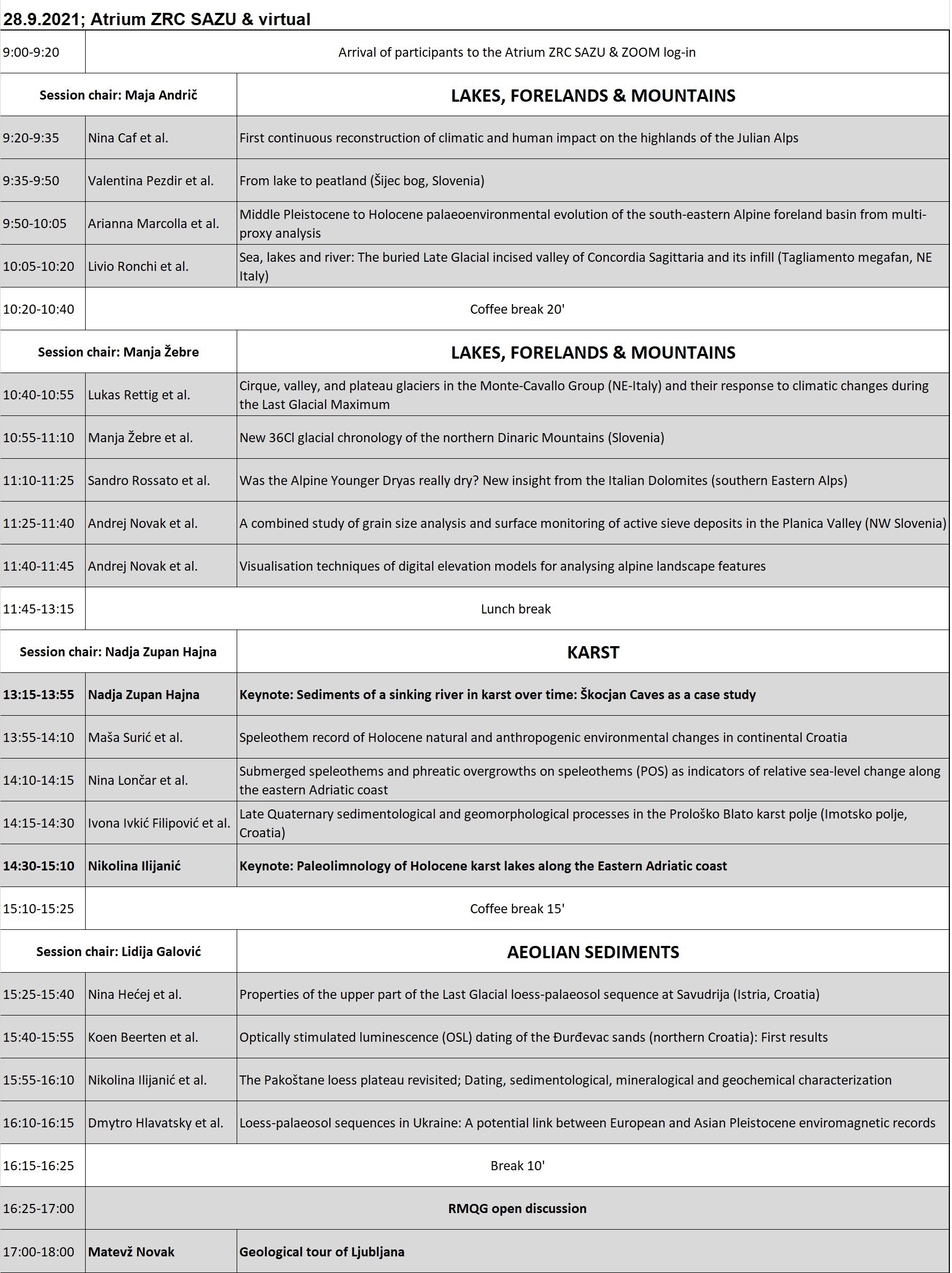
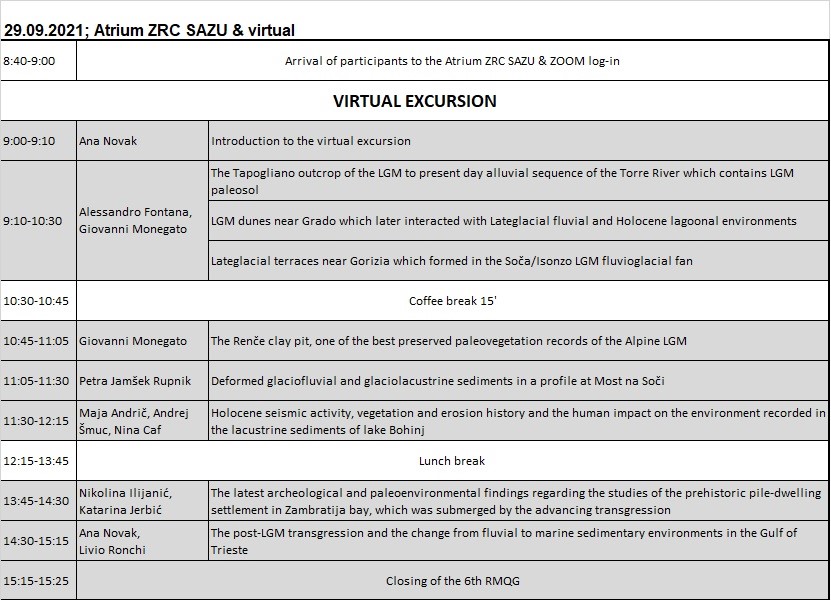

Organizing and scientific committee:
In case of in-person participation, accommodation in Ljubljana is not provided by the organizers. Participants have to book accommodation by themselves in accordance with their attendance and travel plans.
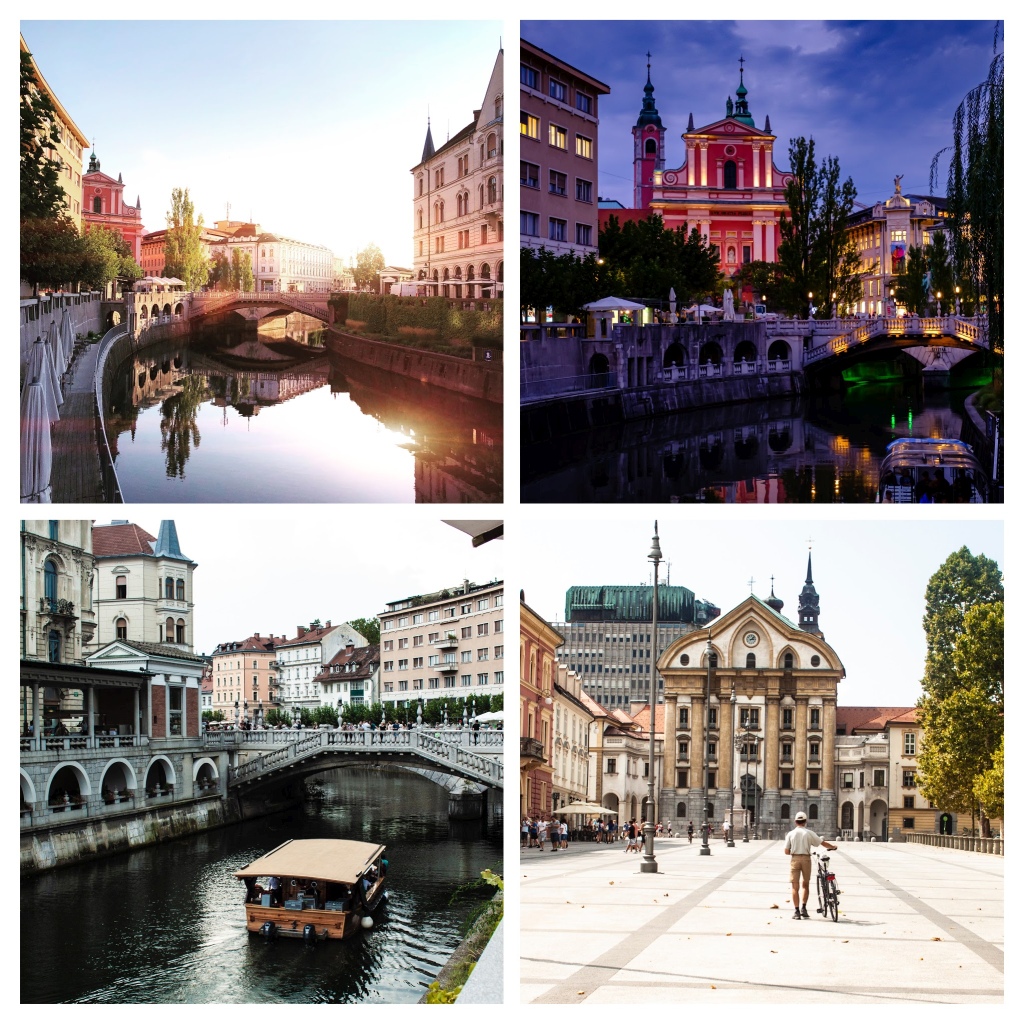
Photos from Unsplash (by Martino Pietropoli, David Enzel and Bram van Geerenstein).
Distance to nearest airports:
Airport-LJ shuttle services: Shuttle services (Nomago, Goopti) provide transport to Ljubljana from all the listed airports.
Participants can change the preferred mode of participation (in-person/virtual) – September 15th, 2021.
Registration deadline for in-person participants – September 15th, 2021. Registration deadline for virtual participants – September 26th, 2021.
Final decision of the organisational committee whether the meeting will take place in a hybrid or fully virtual form – between September 13th and 17th, 2021.
Publication of the Scientific programme & Instructions for authors – between September 13th and 17th, 2021
Keynote lectures and participant talks will be presented on September 27th and 28th, 2021, and virtual excursion will take place on September 29th, 2021, in the Atrium and through a virtual platform.
You can download the program HERE.



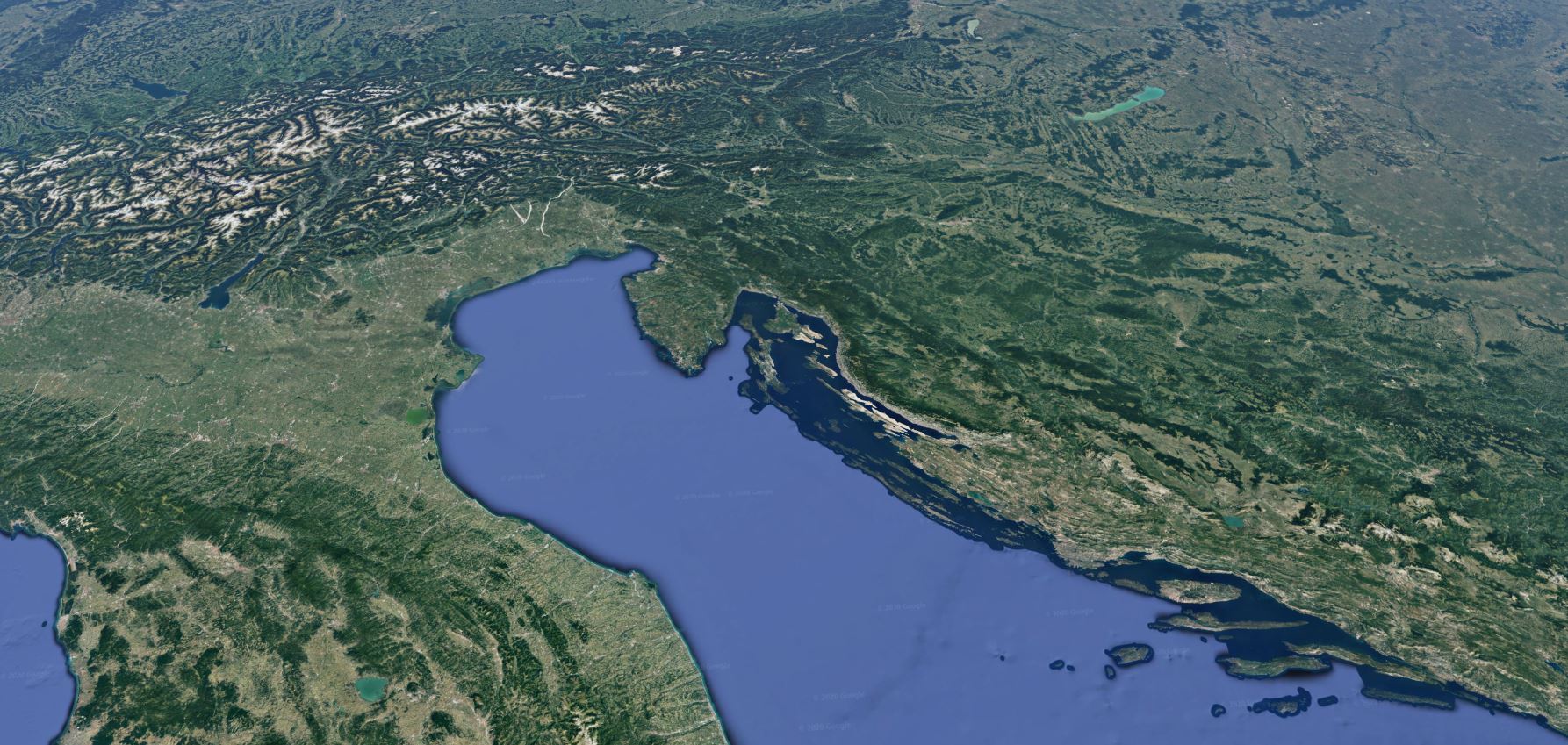
Image from Google Earth
The excursion will be organized in a virtual form and will take us to Quaternary marine, lacustrine and fluvial sites in Slovenia, Italy, and Croatia. It will be guided by: Maja Andrič (ZRC SAZU), Nina Caf (ZRC SAZU), Andrej Šmuc (NTF UL), Petra Jamšek Rupnik (GeoZS), Giovanni Monegato (CNR, IGG), Alessandro Fontana (UNIPD), Cesare Ravazzi (CNR, IGAG), Jernej Jež (GeoZS), Ana Novak (GeoZS, NTF UL), Livio Ronchi (UNIPD), Nikolina Ilijanić (HGI), Slobodan Miko (HGI), Katarina Jerbić (Flinders U.), Ida Koncani Uhač (AMI), Dea Brunović (HGI), Ozren Hasan (HGI), and Igor Felja (PMF).
Due to uncertainties related to organization of cross-border excursion and measures related to pandemics the excursion will be presented on September 29th in the Atrium and through virtual platform for online participants. The virtual fieldstops will include:
An extended description of the field stops is available here.
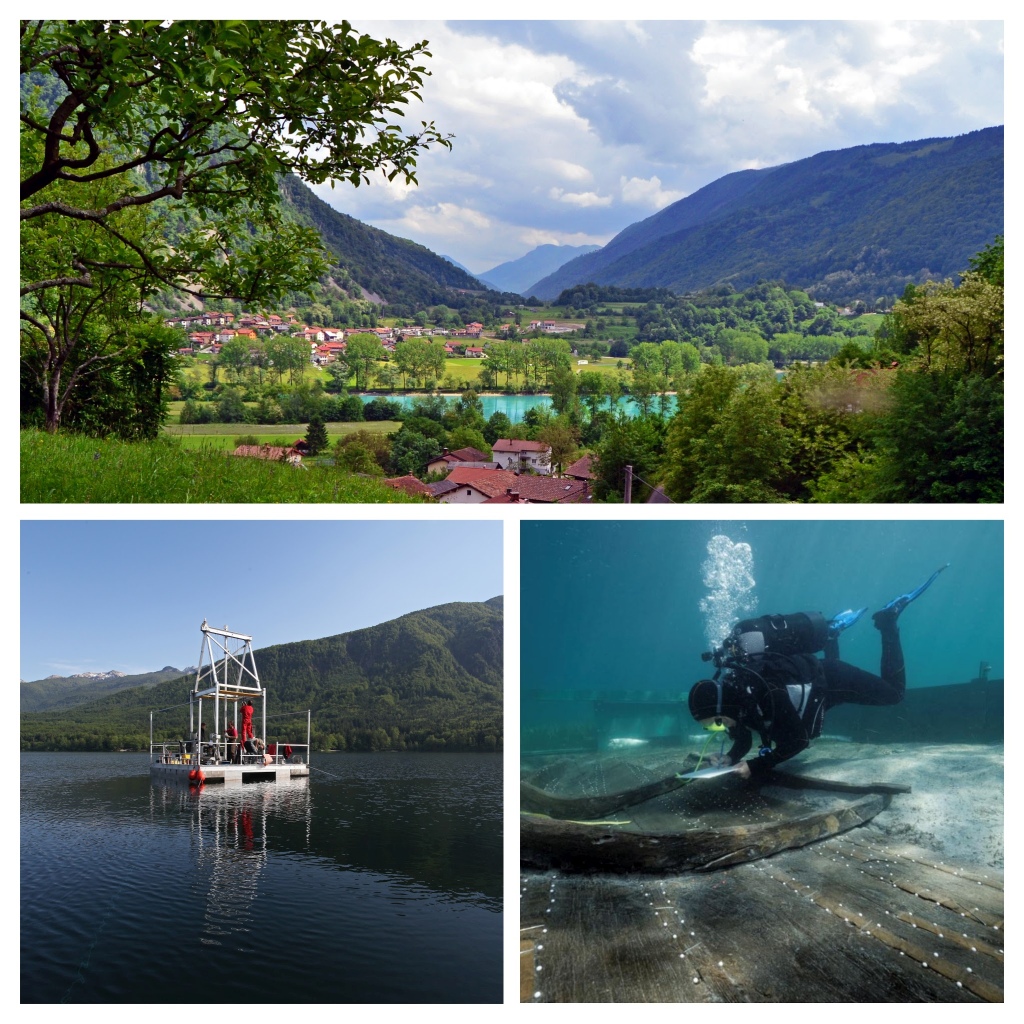
Photos by Petra Jamšek Rupnik, Marko Zaplatil and Philippe Groscaux.
Registration is OPEN. Please register
HERE.
Registration deadline for in-person participants is September
15th, 2021. Registration deadline for virtual
participants is September 26th, 2021.
Participant’s registration fee
Registration fee for virtual and in-person participation is uniform (includes coffee breaks for in-person participation or cost related to technical solutions for virtual participation, and VAT for September 27th through 29th).
After registration, the participant will receive the proforma invoice to his/her email address. Payment can be made only by bank transfer after receiving the proforma invoice. Early registration payment deadline is June 25th, 2021. Cancellations before August 30th, 2021 will be refunded 50%, later cancellations are not eligible for a refund.
Note regarding the COVID-19 pandemic: Participants will be able to change between a virtual and in-person participation until September 15th, 2021 by writing to 6thRMQG@gmail.com. It is possible that the meeting would need to be fully virtual if future potential restrictions would demand so. The most recent updates will be posted on the website and on our social-media channels.
Abstract submission is now closed.
Abstracts should not exceed two A4 pages (700 words max + 1 figure and references) and should be written in English. Please use the doc template to prepare your abstracts and send them to: 6thRMQG@gmail.com.
Possibility for submission to a Special Issue of the open access journal Quaternary

Selected papers from the 6th RMQG will be published in a Special Issue of the open access journal Quaternary (ISSN 2571-550X): Seas, Lakes and Rivers in the Adriatic, Alpine, Dinaric and Pannonian Regions during the Quaternary: Selected Papers from “6th RMQG”. Authors are kindly invited to express their interest to submit in the registration form or via 6thRMQG@gmail.com. Submission will be open until March 31st , 2022.
Quaternary (ISSN 2571-550X) is an open access international peer-reviewed journal published by MDPI. The journal is indexed in the Emerging Sources Citation Index (ESCI - Web of Science). All papers published in the journal are published in full open access for which the authors are required to cover the cost of an article processing charge (APC).
You can reach us at email
The latest updates will also be posted on Facebook and Twitter accounts of the 6th RMQG.
Lake Bohinj is the largest permanent natural freshwater lake in Slovenia. It is a glacial lake located in the alpine environment of the Triglav National Park (Julian Alps). This area exhibits high seismic activity and a long tradition of human activity dating back to the Bronze Age. The lake is therefore an ideal archive for studying past environmental changes. We will be presented with the results of recently completed studies of the lake sediments which investigated the Holocene seismic activity, the vegetation and erosion history of the catchment area and the human impact on the environment (Rapuc et al. 2018; Andrič et al. 2020).
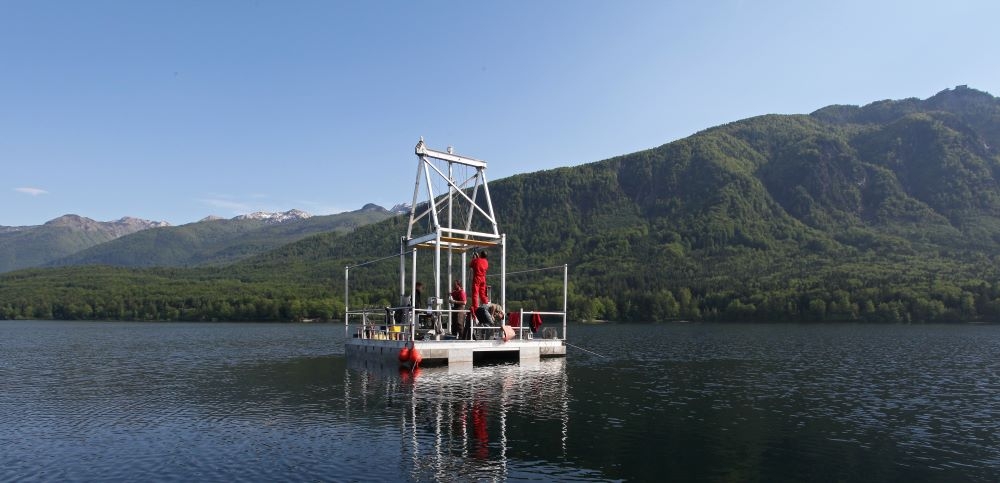
Photo by Marko Zaplatil
Most na Soči: Soča Valley in Most na Soči was affected by exchanging glacial and fluvial processes and by mass wasting phenomena. In addition, the Idrija Fault activity influenced the evolution of drainage. As a result, the valley here hosts various sediments from fluvial, glaciofluvial, glaciolacustrine, glacial and slope deposits. The field stop will visit a profile of glaciofluvial and glaciolacustrine sediments, which were tilted and dissected by series of faults. Mechanisms responsible for observed deformations will be discussed.
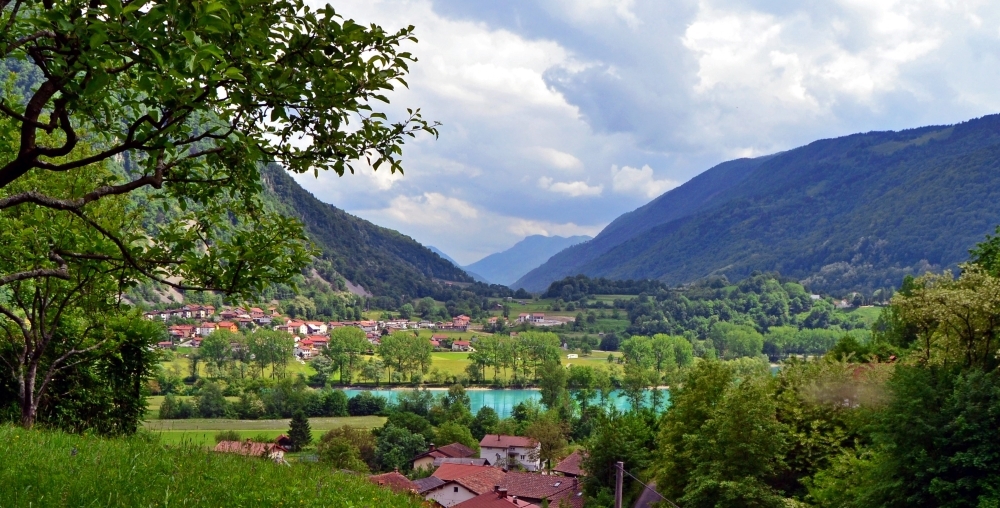
Photo by Petra Jamšek Rupnik
Gorizia: Terraces in vicinity of the city of Gorizia were cut during the Lateglacial into the Soča (Isonzo) fluvioglacial fan which is related to the Last Glacial Maximum (LGM). The 30 m high terrace scarps at Gorizia show a thick succession of well bedded gravels which are locally cemented.
Renče: The sedimentary succession at the Renče clay pit shows alternate laminated silty-clay and sandy lenses. The chronology points to an aggradation between 26 to 22 ka cal BP driven by the aggradation of the Soča (Isonzo) river fluvioglacial fan in Gorizia. The paleobotanical macroremains represent one of the best palaeovegetation records of the Alpine LGM and, coupled with palynological analysis, indicate the persistence of open forest throughout the cold period.
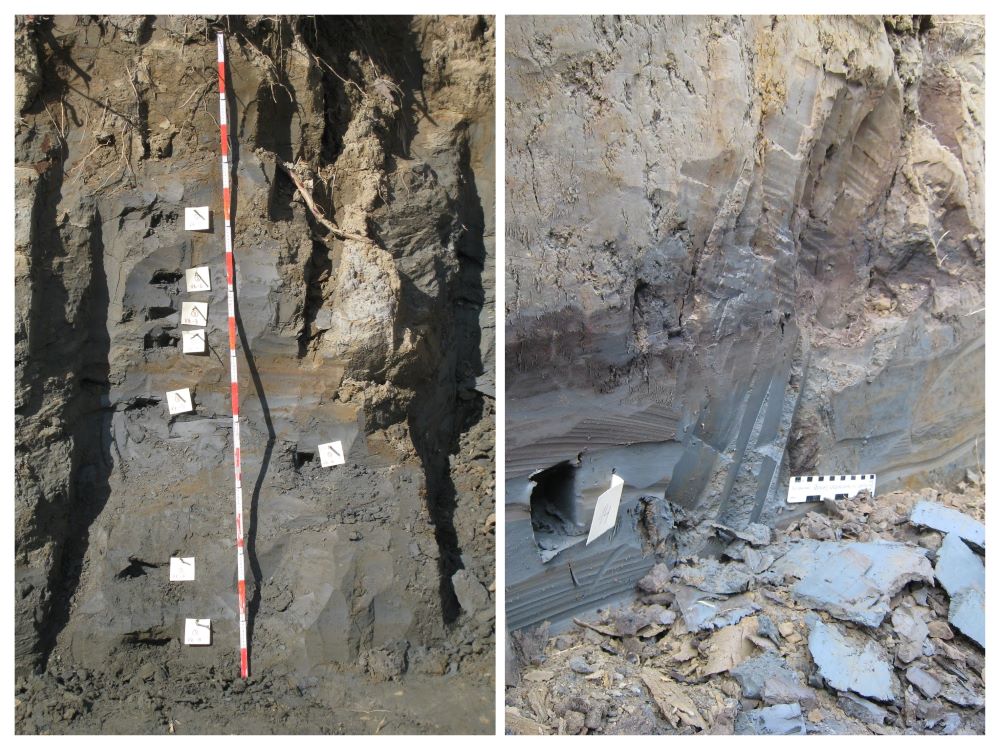
Photos by Jernej Jež
Tapogliano: In the present channel of Torre River, few kilometers upstream the junction with Soča River (Isonzo), nice outcrops of the alluvial sequence from LGM to the present day are visible on the riverbed and along the banks. Torre River dramatically entrenched in its channel in the last decades because of anthropogenic activity and led alluvial stratigraphy to be exposed. In this site it is possible to see the characters of the soil developed at the top of LGM sequence and the traces of archaeological activity.
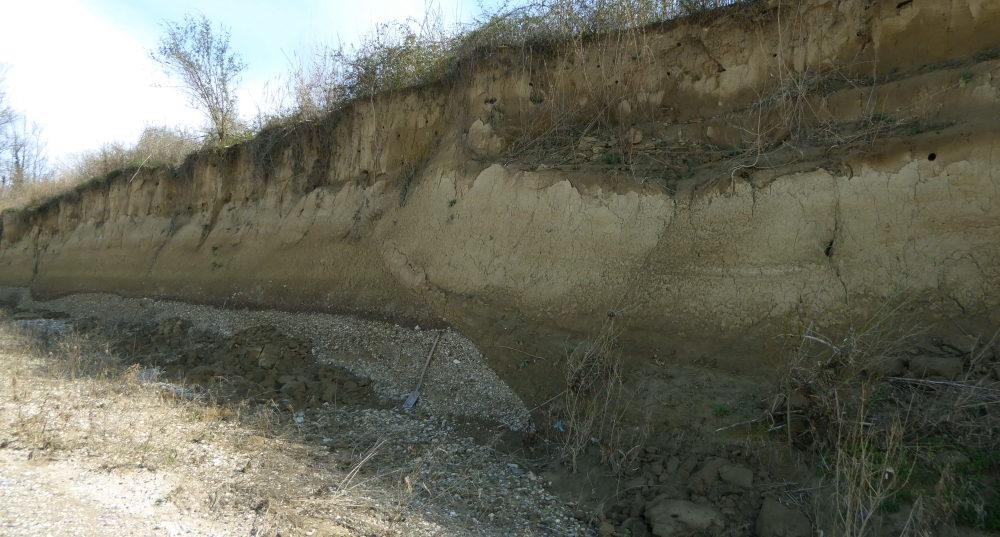
Photo by Alessandro Fontana
Grado: Dunes of San Marco and Belvedere near Grado are a complex of sand dunes facing the Lagoon of Grado and Marano, where, according to the legend, Saint March landed for reaching the city of Aquileia. These landforms, strongly reworked in the last centuries, have a maximum height of 8 m a.s.l. and are one of the most peculiar sites in the coastal plain of NE Italy. The dunes display some evidence of aeolian processes and have been probably formed in continental conditions during the end of the LGM. Later, since Late Glacial, they have been surrounded by fluvial units of Soča River (Isonzo) and by the Holocene lagoon deposits. The site is a nice location to discuss about the interaction between different factors involved in the formation of coastal plains, as sea-level changes, alluvial inputs and tectonics.
Gulf of Trieste: The Gulf of Trieste, also the northeasternmost part of the Adriatic Sea, is presently a shallow gulf bordering on Italy, Slovenia and Croatia. During the Late Quaternary the area of the gulf along with the rest of the northern Adriatic represented the vast alluvial plain of the river Po and its confluences which was later submerged by the post-LGM transgression. Acoustic investigations of the present-day seafloor in the gulf have shown spectacularly preserved pre-transgressional fluvial features. Results of the most recent studies show that fluvial activity in this area persisted up until the Younger Dryas.
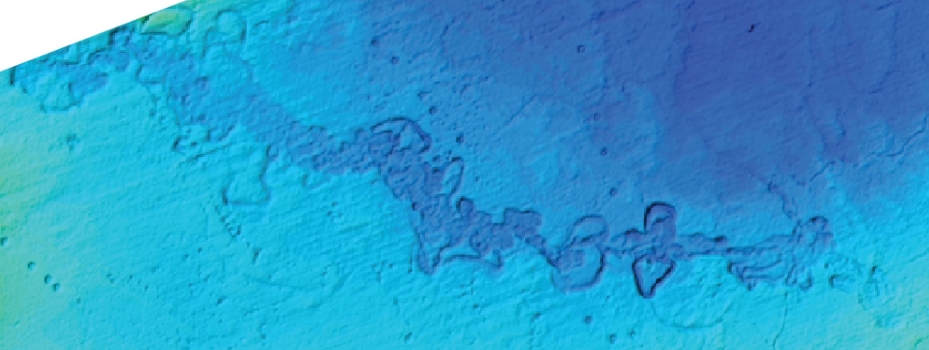
Figure by Ana Novak
Zambratija: The oldest archaeological site in Zambratija Bay is a submerged prehistoric pile-dwelling settlement which was in use between around 4200 and 3700 years BC. The remains lie on the outer edges of a submerged karstic sinkhole (doline). The site was initially recognised after finding a large number of finds such as pottery fragments, stone tools, as well as more than one hundred in situ wooden piles protruding out of the seabed and peat platform. Interdisciplinary investigations showed that during the occupation the settlement was still a terrestrial/wetland environment and that the abandonment of the pile-dwelling is chronologically connected with the marine transgression which happened sometime in mid-4th century BC. Other archaeological finds have also been discovered on the ridges in Zambratija Cove, indicating the continuity of human settlement all the way from the Bronze Age to the Roman period, when the ridges were part of the mainland. A 72-metre long structure interpreted as a probable Roman road has been preserved along the natural limestone reef that spreads towards the western side of the coast. The cove is also known for the discovery of the Zambratija boat, the oldest example of a completely sewn boat found in the Mediterranean, which was discovered in 2008 at a depth of around 2 meters. The hull remains measure 6.7 m in length and 1.6 m in width at the widest section.
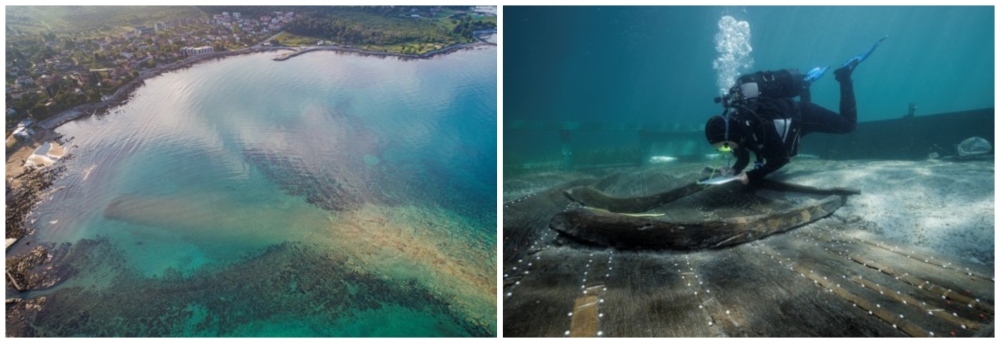
Photos by Löic Damelet and Philippe Groscaux
Geological research in Zambratija Bay was based on geophysical surveys and seabed sediment coring. Sediment thickness in the submerged sinkhole reached up to 8 metres. One 5.7-metre sinkhole sediment core sample contains the record of paleoenvironmental and sea-level rise changes throughout the Holocene. Brown clay and terrestrial wetland and freshwater lake sediments were superimposed with thick marine sediments, deposited during the marine transgression since mid- to late Holocene until present times. The brown clay, which is situated at the very bottom of the sinkhole, represents the soil layer which served as foundation for prehistoric settlement wooden piles, found in situ. Lastly, indications of coastal freshwater springs in the bay provided additional environmental evidence for a sustainable lifestyle at the time of settlement occupation.
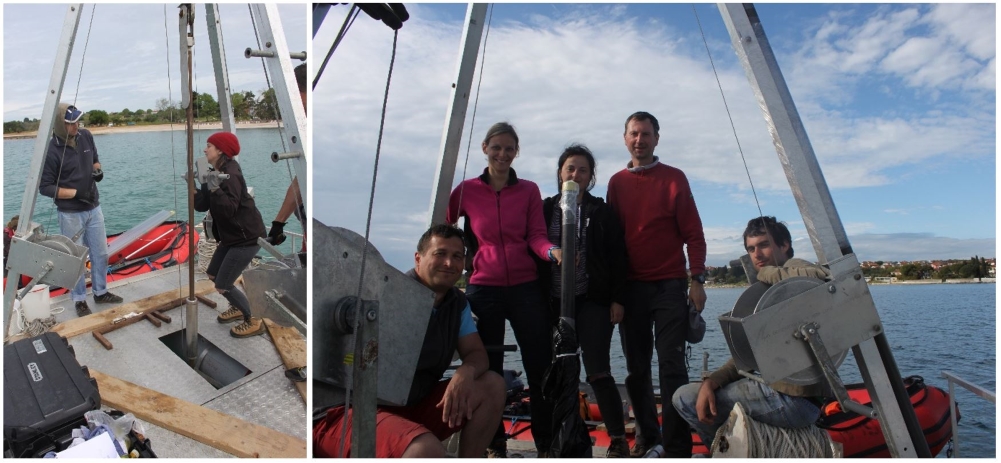
Photos by Slobodan Miko
Mirna: Sedimentological, macro- and micropaleontological analyses on sediment cores were carried out in the lower section of the Mirna River valley, in order to study depositional facies and environmental evolution during Late Pleistocene and Holocene. The Holocene marine transgression reached river valley several kilometers upstream from the present-day coast, while in the last 7000 – 6000 years it was followed by progradation of the Mirna intra-estuarine delta. Sediment cores recorded these changes and each depositional environment contains distinctive sedimentary characteristics and fossil assemblages which reflect conditions in which sedimentation and life were occurring. This study highlights the potential role of hand augering in sampling and describing the subsoil for reconstruction of the geomorphological evolution of the area and supporting the study of past relative sea levels, climate changes, and impact of anthropogenic activities.
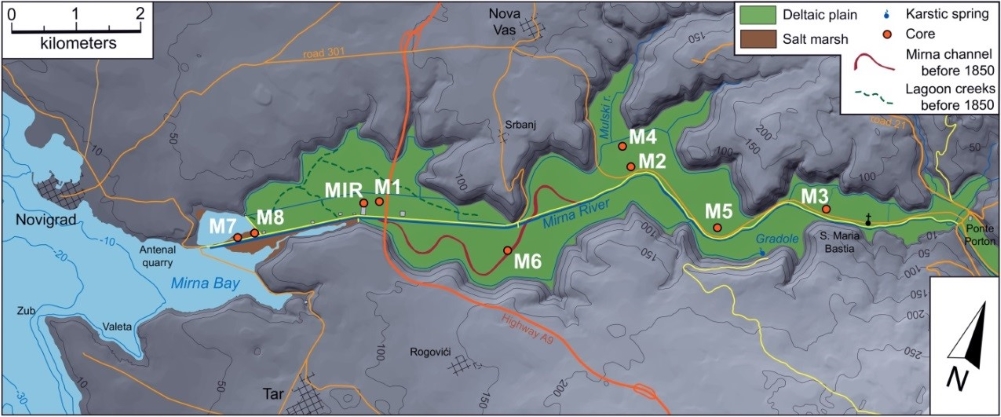
Figure by Igor Felja